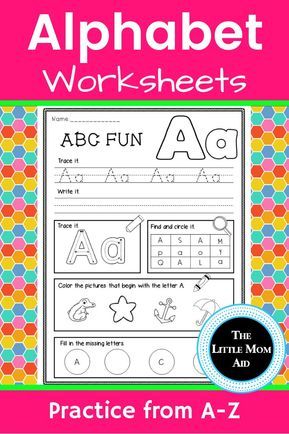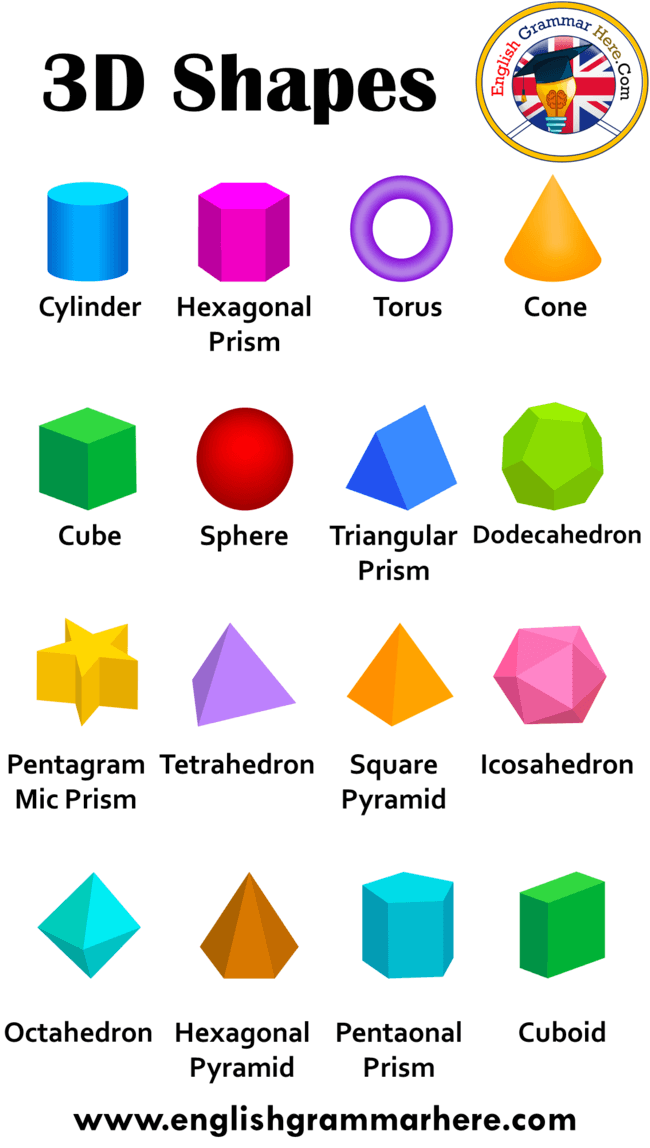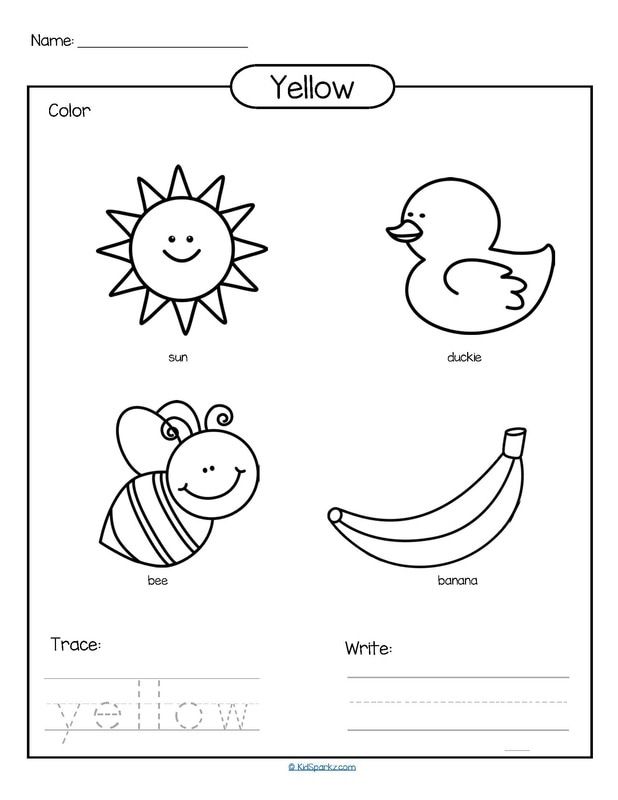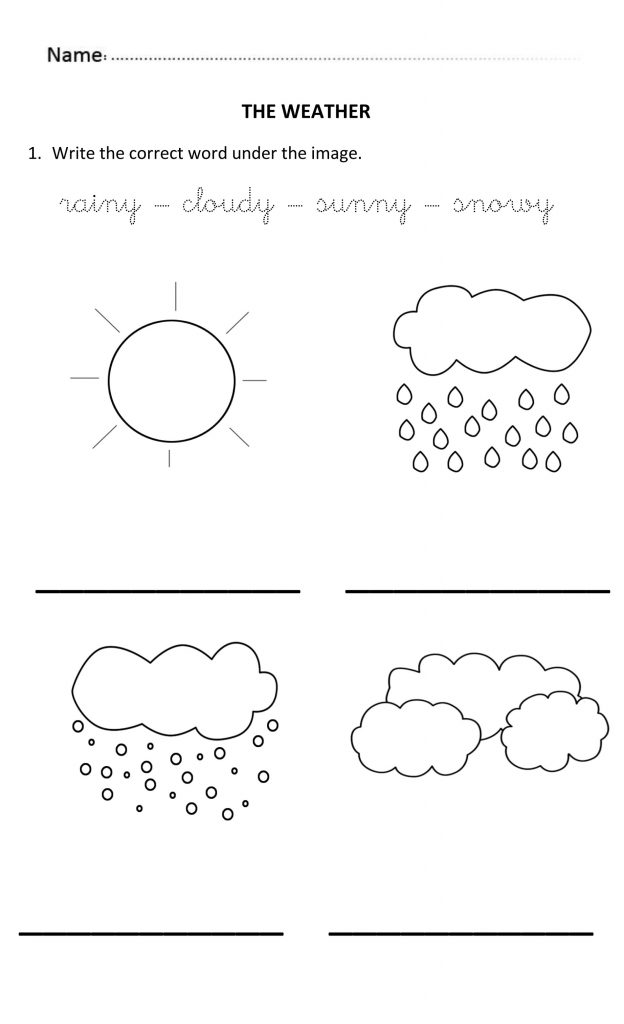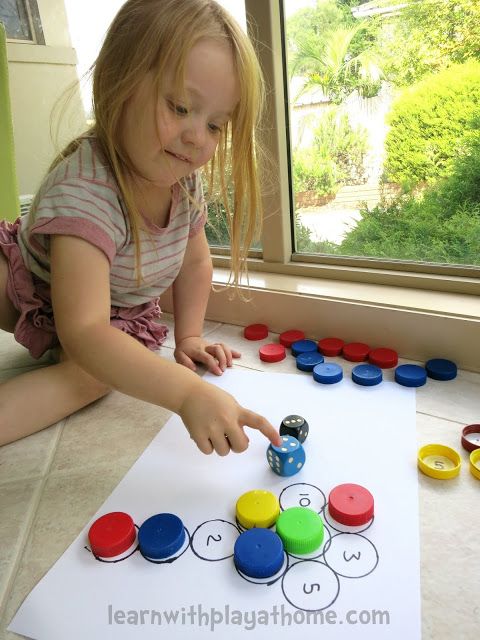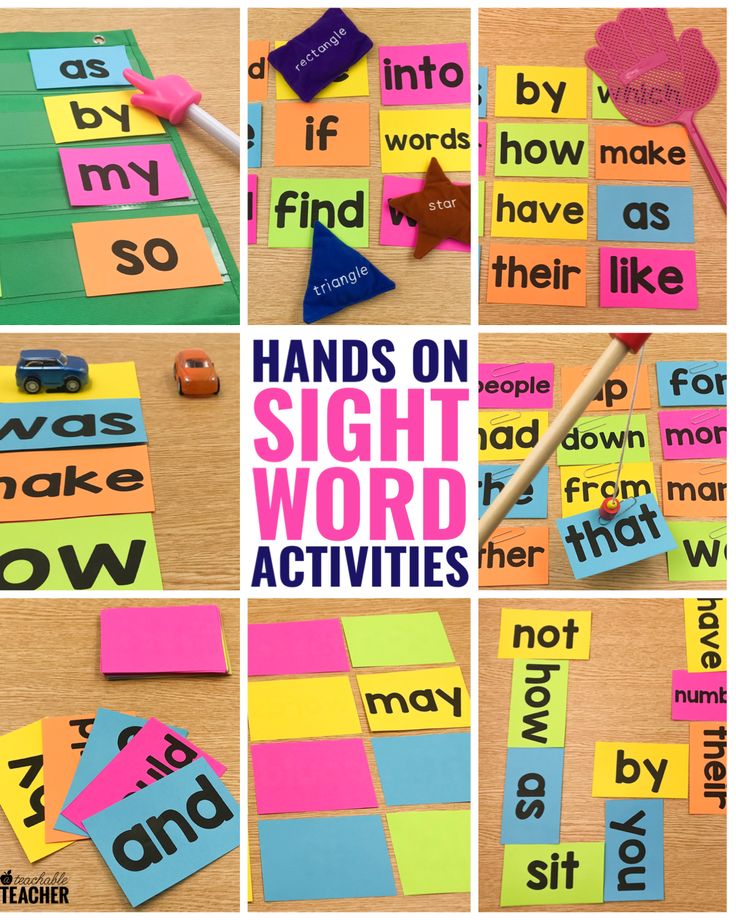Practicing the alphabet
26 Easy, Fun Alphabet Activities That Give Kids the Practice They Need
Alphabet activities make learning your ABCs more fun. There are so many ways to practice your ABCs, you might be able to do one alphabet activity a day for a year without repeating. We’ve gathered over 25 super fun alphabet activities so kids can play and learn every day.
1. Write letters on dried beans
Large dried white beans are inexpensive to purchase and easy to write on. Grab a sharpie and write all the upper and lower case letters on them. Then put each set in a pile (or baggie) and ask your kids to match them.
2. Letter sort with sticky notes
Write individual letters on sticky notes and then place them all over your house or just on every stair in a staircase. This practice game has a lot of variations—all tied to sorting. Ask kids to sort by:
- lowercase
- uppercase
- letters in their name
- straight lines (H)
- curved lines (c)
- both curved and straight lines (B)
- consonants
- vowels
For even more practice: have them sort their finds into ABC order, match lowercase letters to uppercase letters, and then, find a way to sort them that’s new.
3. Write letters in shaving cream
Squirt shaving cream on a table and let your kids write letters in the cream. Smoothe it out to erase and start again. Bonus: their hands and your table will be cleaner than ever!
Source: Rose and Rex
4. Bend letters with pipe cleaners
Pipe cleaners have always been a trusted source of good fine motor practice as well as a fun craft resource. Now use them to have kids create uppercase and lower case letters.
Learn more: make and takes
5. Make sensory ABC bags
This one is great because you can change up what you put in here and even move to sight words. You’ll need a gallon bag with a ziplock top. Add letters written on pieces of paper, magnetic letters, scrabble tiles, or anything else you can think of with letters. Then fill the bag with rice or oatmeal and seal it. Kids dig through the rice through the bag to find the letters. When they find them, they write down the letter they find until they locate all 26 letters of the alphabet.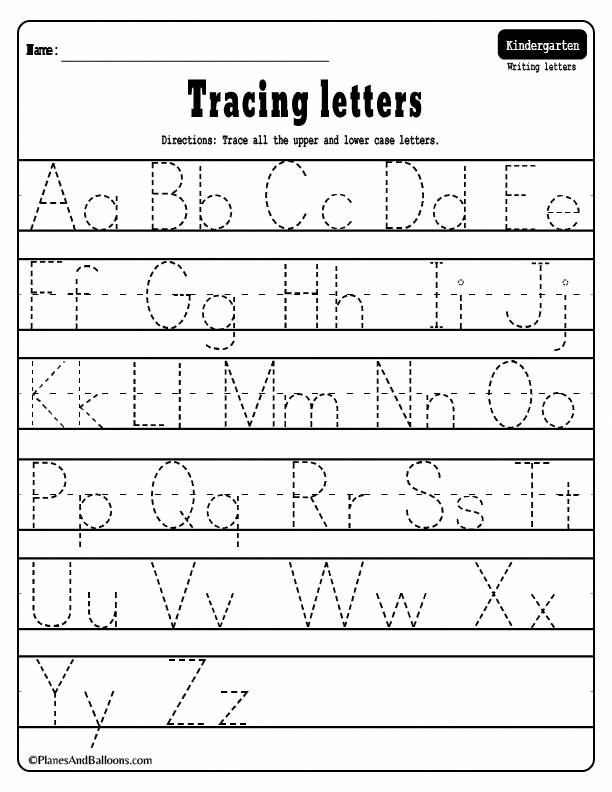
For more sensory ideas: Little Bins Little Hands
6. Find invisible letters with watercolors
This is a classic. Using a white crayon, draw letters on a piece of white paper. Give your kids watercolor, let them paint the paper, and watch the letters appear.
Learn more: Gift of Curiosity
7. Play musical alphabet
Set up letters in a big circle on the floor. You can use magnetic letters or just write them on index cards. Put music on and have your child walk around the circle to the music. When the music goes off, your child tells you the closest letter. Expand on it: ask your child to name three things (colors, animals, etc) that start with that letter.
8. Sponge the alphabet
Cut sponges into letters and use them for sponge painting letters or playing in the tub.
Learn more: Learning 4 Kids
9. Put together name puzzles
Write the upper and lower case letters in a name and then cut them apart in a simple zigzag. Mix up the letters and ask a child to match them up and put them in the right order.
Mix up the letters and ask a child to match them up and put them in the right order.
10. Make letters from nature
Find the alphabet right outside. Choose natural objects that already look like letters, or arrange them to look like them.
To learn more: Right Brained Mom
11. Eat your ABCs
We know from Alphabet Soup that eating your ABCs is plain old fun. So think of all the ways you can practice the alphabet at mealtime. Pancakes can be made into letters, jello can be cut into letters, and noodles can be used to make letters (just to name a few).
Learn more: Parent Map
12. Go on an alphabet scavenger hunt
The fun part about this for grown-ups is that there is no prep. Tell kids to go find objects that start with each letter of the alphabet. To make this game take longer, designate spots for them to bring each item back—one at a time. Every item must be approved before they can move on to the next. This allows for fewer meltdowns at the end when an item is deemed inaccurate.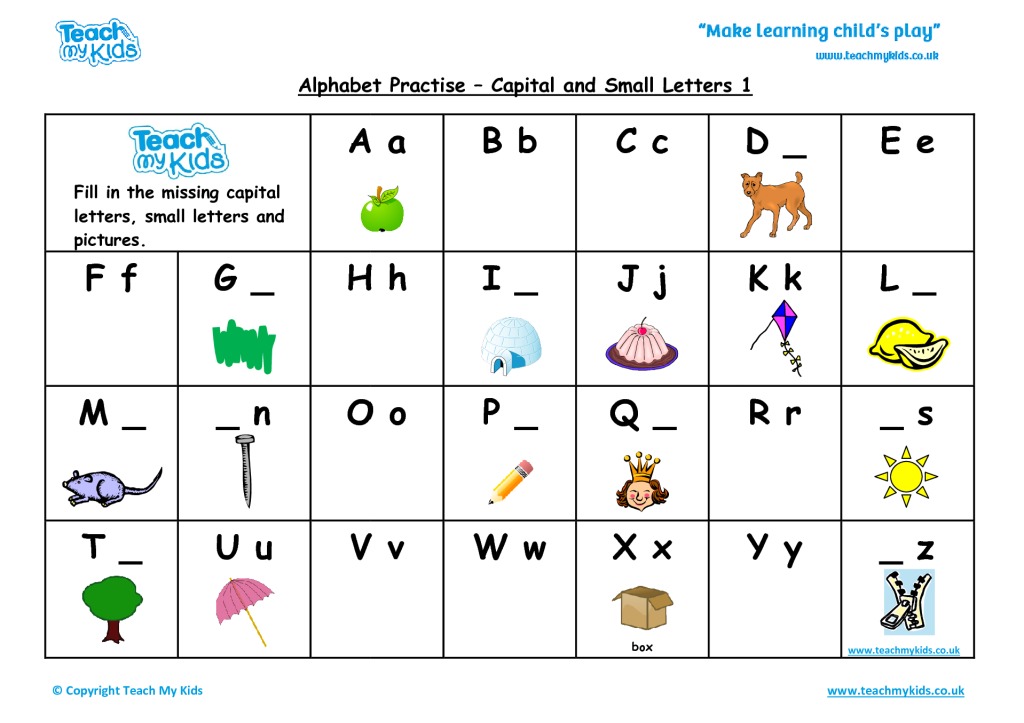
13. Make your own ABC book
Personalizing the ABCs helps kids process and retain their learning. One of our favorite alphabet activities starts by creating a book out of 26 pieces of paper and staples or hole punches and a ribbon. Have kids write an uppercase and lowercase letter on each page. Finally, have them draw or cut out pictures of things that start with each letter. Voila!
Learn more: Teach Mama
14. Create ABC popup books
Use the following tutorial video to learn how to make different kinds of pop up pages. Then, create a page per week for 26 weeks for each letter. At the end, use a glue stick to glue them all together to make an ABC popup book!
15. Stamp letters in playdough
Roll out playdough and push letter stamps right into the dough. This is both tactile and great for practicing ABCs.
Learn more: I can teach my child
16. Make tactile letter cards
There’s lots of research (and experience) to support the value of using all the senses to learn.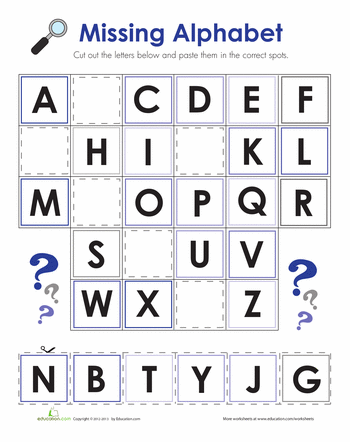 Making these tactile alphabet cards will be fun and have lasting benefits.
Making these tactile alphabet cards will be fun and have lasting benefits.
Learn more: All About Learning
17. Trace letters in spices
This one combines touch, smell, and sight. It gives you an opportunity to talk about what we uses spices for as well. Put the bottle in front of a child and have them write the spice name in the spice to make things a bit more challenging.
Source: Frog in a Pocket
18. Study a letter of the week
Many PreK and Kindergarten classes do a letter of the week, and for good reason. Teachers all share that instant recognition of letters and practice writing them is so important for learning to read. Doing alphabet activities for one letter each week reinforces knowledge and recollection.
For weekly activities: Preschool Mom
19. Do the yoga alphabet
Show kids this video and take the time to learn each yoga pose. Connecting the mind and the body is great for learning.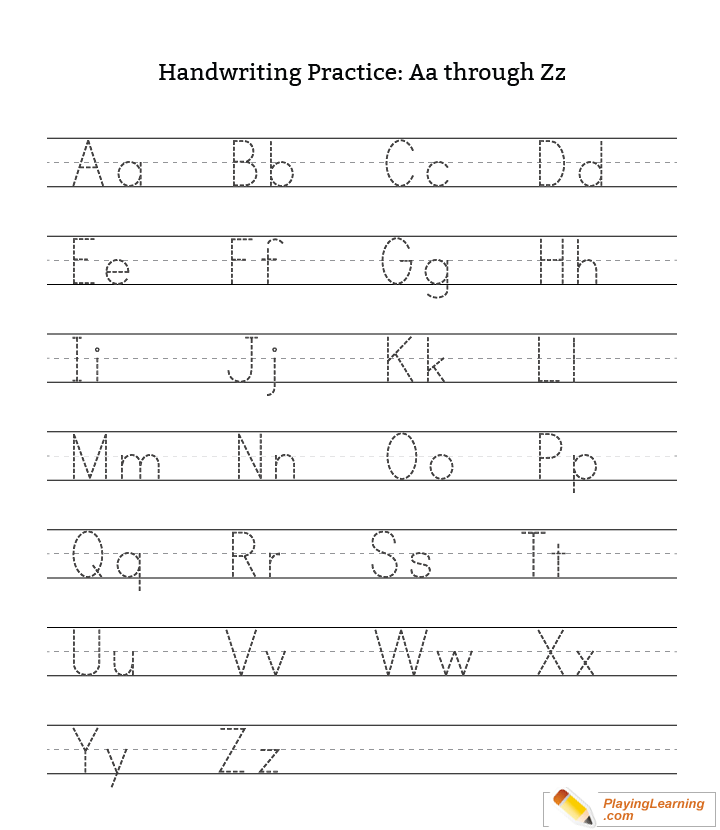
20. Sing songs about the alphabet
Everyone loves to sing the alphabet song, but did you know there are lots of other songs to sing that can help you remember the alphabet? Try out this Sesame Street favorite:
21. Draw pictures from letters
Using letters as a starting point, teach kids how to draw. If this is too difficult at first, just write a letter and then draw a picture around the letter.
Learn more: Felt Magnet
22. Highlight letters on a page
Print a page of text or grab your favorite magazine and a highlighter. Ask kids to highlight as many of one letter as they can find. This is also great for sight word recognition.
Here’s a freebie from The Inspired Apple to get you started.
23. Do-A-Dot letter tracing
These dot markers make tracing letters more fun and help kids with directionality and remembering how to write and recognize letters.
Free Dot tracing sheets: DTLK’s Educational Activities for Kids
24.
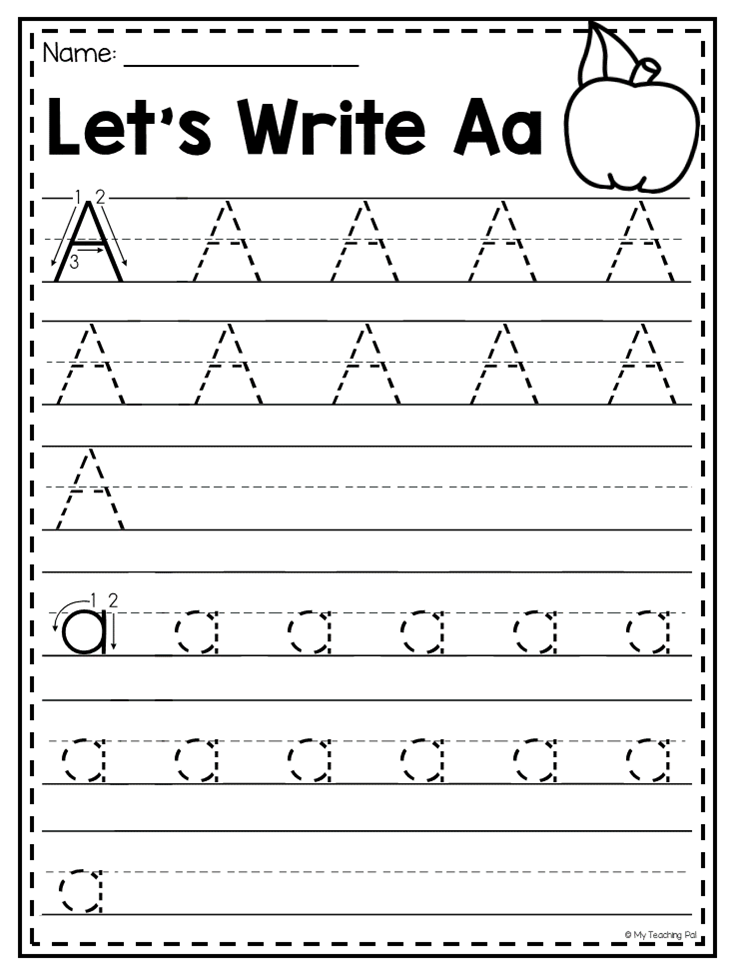 Play letter slap
Play letter slapMake 2 sets of index cards with all the letters on them (52 cards in all). Shuffle the cards together and deal them so each kid holds 26 cards. Together each player takes their top card and turns it upright. The player with the letter closest to A wins the hand and takes the card. If two of the same letter are played, the players slap the card. The one on the bottom of the slip wins the hand. The game ends when one player holds all the cards.
25. Match plastic Easter egg letters
Surely you have some plastic Easter eggs hanging around your attic. Use a Sharpie or letter stickers to put an uppercase letter on one half and a lowercase letter on the other. Then separate the two and throw them all in a basket. Kids pull them out and match them up. Tip: Add difficulty by not coordinating the colors.
Learn more: Crystal and Co.
26. Create loose part letters
What are loose parts? Loose parts are exactly what they sound like—a collection of loose materials or objects.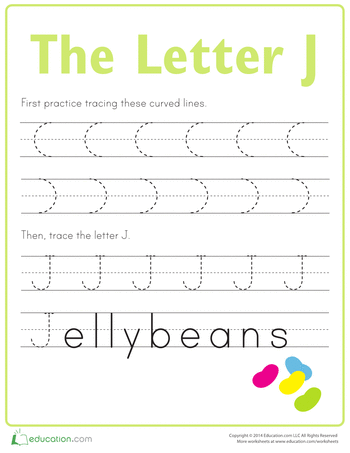 These can be small pebbles, bottle caps, random LEGO bricks, seeds, keys, anything. Draw big letters on a piece of paper and have kids line up loose parts to make the letter.
These can be small pebbles, bottle caps, random LEGO bricks, seeds, keys, anything. Draw big letters on a piece of paper and have kids line up loose parts to make the letter.
Recognizing letters is a fundamental part of learning how to read. Without it, children struggle to learn letter sounds and identify words. Beginning readers who know their alphabet have a much easier time learning to read. Making alphabet practice a part of every day in fun ways helps create a lifelong love for letters and words.
What games and activities do you like to use for practicing the alphabet?
Plus, our favorite activities using alphabet beads and the best alphabet books.
10 Hands-On Ways for Preschoolers to Practice the Alphabet
This post may contain affiliate links. See Disclosure for more information.
One of the main goals of preschool literacy instruction is to teach young children the alphabet.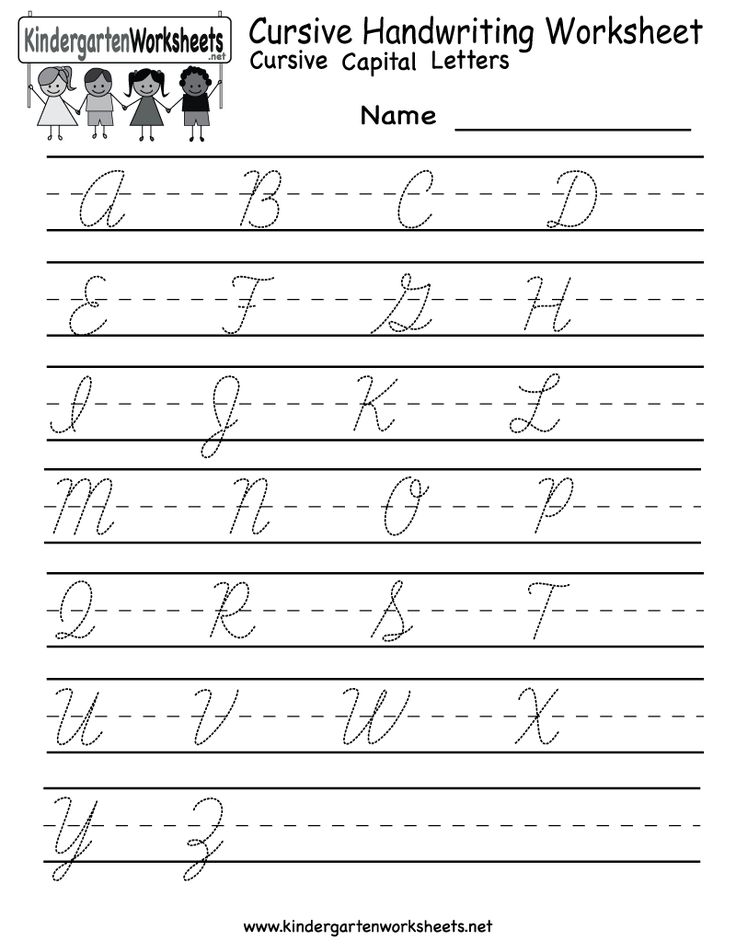 For some children, this comes very easily and naturally but for many others, it takes a lot of time, energy, and practice.
For some children, this comes very easily and naturally but for many others, it takes a lot of time, energy, and practice.
It is tempting to think that sit-down practice with paper and pencil is the best way for our preschoolers to practice. Don’t do it! There are so many better ways… ways that incorporate movement, sensory experiences, fine motor skills, shapes, and more.
Go ahead… Ditch the worksheets! Here are 10 hands-on ways to teach the alphabet without a pencil and paper worksheet.
1. Craft Sticks
Supplies:
- Letter cut-outs, felt letters, or magnetic letters (for models)
- Basket of craft sticks
Children choose a letter and then arrange the craft sticks to make the shape of it.
2. Snap Cubes
Supplies:
- Print these cube letter templates.
- Snap cube blocks (like these math link cubes)
Children use the cube letter templates as a guide while they build the letter out of cubes.
3. Sand Writing Trays
Supplies:
- Alphabet coins or other small letter tiles. (We made these coins by painting and gluing these wood circle pieces from Hobby Lobby. These letter tiles are another option.)
- Small, shallow tray or plate filled with sand. We like to use colored play sand, but you can use any type of sand, salt, or flour.
- Paint brush
Children choose a letter coin. They use the paint brush to draw the letter in the sand tray. When they are finished, they gently shake the tray or pat the sand to smooth it out.
4. Fine Motor Dots
Supplies:
- Print these Fine Motor Dot Alphabet pages in upper case or lower case.
- Cup of small pom-poms, bingo markers, glass beads, or similar round manipulative.
- Tweezers, tongs, or a spoon.
Children use their fine motor skills to transfer the manipulatives onto the dots to create each letter.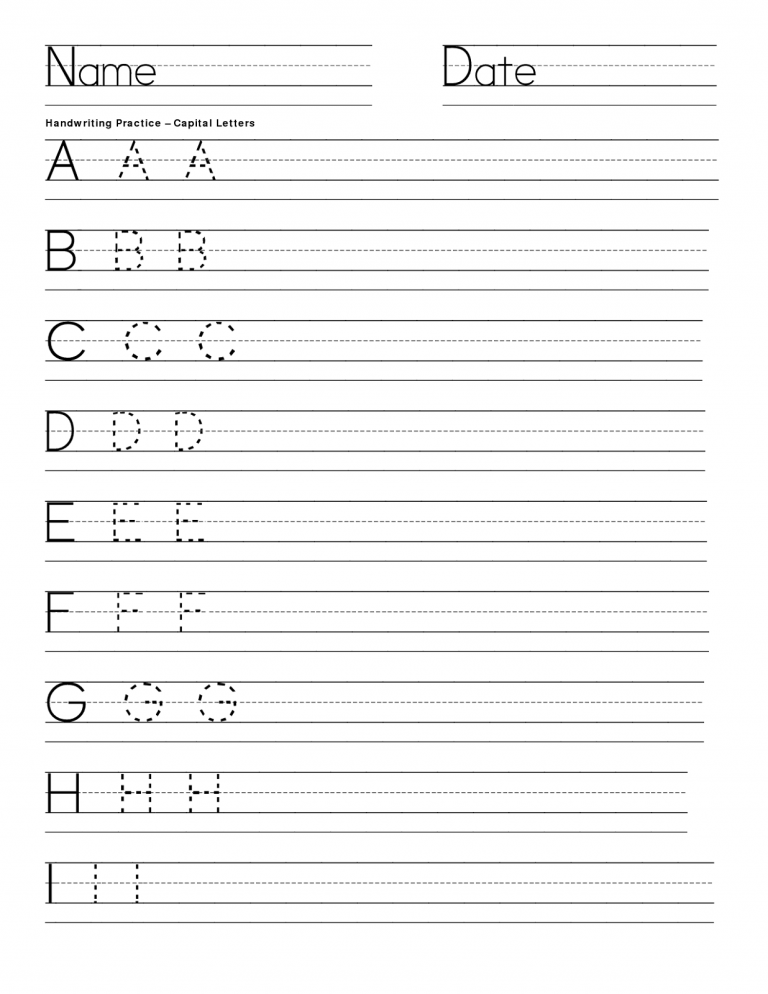 Encourage the students to say the name of the letter, make its sound, and name the picture that begins with that letter.
Encourage the students to say the name of the letter, make its sound, and name the picture that begins with that letter.
5. Geoboards
Supplies:
- Geoboards (We like this set of 6 because it’s a quick and easy literacy center for our preschoolers.)
- Rubber Bands
- Print these 1/2 page Geoboard templates. (Both upper case and lower case letters are included.)
Using the templates as a guide, students stretch rubber bands around the pegs of the geoboard to create each letter.
6. Salt Trays and Pebbles
Supplies:
- Small, shallow tray filled with a thin layer of salt. (These pink trays were from the Target dollar spot.)
- Glass or plastic pebbles
- Cards with letter stickers (or just the written letters would be fine too! Don’t overthink it.)
Children choose a letter card. They trace the letter in the salt with their fingers, then place the pebbles onto the shape of the letter.
7. Alphabet Clip Cards
Supplies:
- Print these Alphabet Clip Cards. There are 5 sets — pick the one that is best for your students.
- Clothespins (We like the tiny version, but any clothespins will work.)
Children identify the letter on the card, then clip the clothespin to the matching letter. (Add a small sticker on the back where the clothespin should be. Children can turn the cards over and self-check.)
8. Write & Wipe Binders
Supplies:
- Print these Write & Wipe Alphabet pages.
- Insert each page into a plastic page protector.
- Assemble the pages into a binder. Add a pencil pouch with a dry erase marker, and a round make-up remover cloth.
Students can practice writing the letters and re-writing them with this dry erase binder. Click HERE to see more pictures.
9. Button Letters
Supplies:
- Magnetic letters
- Plastic buttons
Young learners can choose a magnetic letter, then use the buttons to make the letter to match.
10. Sand Prints
Supplies:
- Play sand or kinetic sand
- Magnetic letter shapes or other thick letters.
- Craft stick, pencil, or paint brush
Press the letter shape into the sand to make an imprint. Use a writing tool (craft stick, pencil, or paint brush) to trace the letter into the sand.
Not only are these options more developmentally appropriate for our youngest learners, they are more attractive and fun for them too. Experiment with creative ways to give your children the alphabet practice that they need, while also meeting their attention spans, sensory needs, and interest levels. Have fun learning letters!
Watch our
Facebook Live Video with more ideas for Hands-On Alphabet Practice HERE!Are you a teacher?
FREE Folder Game Samples!
File Folder Games are a fantastic choice when it comes to practicing skills and learning to work independently.
After you subscribe, you will be redirected to the 6 FREE Folder Games. We respect your privacy. Unsubscribe at any time.
Filed Under: Alphabet Activities, Literacy
You May Also Enjoy These Posts
Gingerbread Activities
Easy Do-It-Yourself Name Activities for Preschoolers
Reader Interactions
How to learn to write in a foreign language and learn the alphabet on your own: useful tips
Learning a new alphabet, syllabary or other writing system can be an extremely difficult task. The difficulty of this task depends on the complexity of the writing system you are trying to master.
If we talk about English, then learning to write will not be difficult for people, than the language has a similar writing style, that is, it uses Latin letters.
But learning to write in a language completely different from your native one, such as Chinese, Japanese, Hindi, Arabic or Hebrew, is a completely different matter that requires care, time and patience.
Below are some helpful tips on how to learn to write in a foreign language and learn the alphabet on your own.
Do not learn the whole alphabet at once
Divide the study of the alphabet into parts. Try to learn a few letters per lesson. Do not memorize the entire unfamiliar alphabet in one breath.
Pay particular attention to letters that look similar in appearance but sound different, such as the letter “r” in Russian and English.
Article in the topic:
An unusual way to effectively memorize words in English
Find an association between an unknown letter and a well-known object
Try to associate the shape of a letter with a familiar object: some new letters may look like letters or numbers in your native alphabet , others may remind you of the appearance of animals, objects, or people.
Books that teach children to read use this method, so it will be very helpful if you apply it to your goal of learning a new language.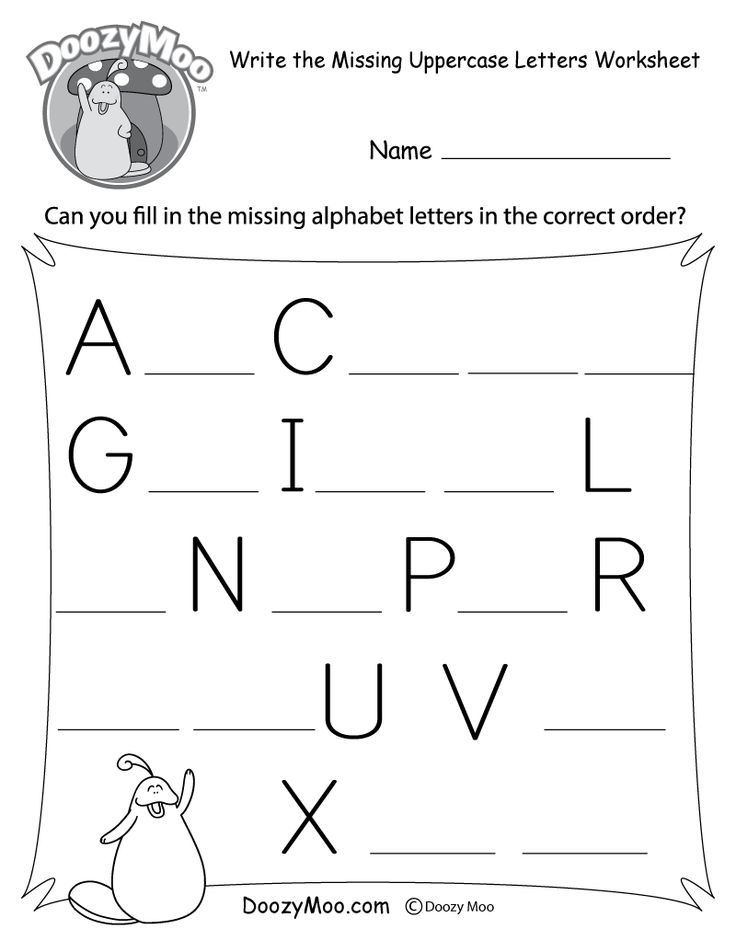
Article in the topic:
Teaching a child English
"The skill of the master sets"
Practice your writing skills as often as possible. Learn the standard way of writing letters: that is, memorize the shape, direction and order of strokes in writing a particular letter. This will help you memorize the new alphabet faster and learn how to write letters correctly. Write letters as much as possible.
If you have the opportunity, take a calligraphy course. This is especially useful if you are learning Chinese or Japanese. The calligraphy course will allow you to improve your handwriting and understand other people's handwriting.
Related Article:
8 Precious Tips to Improve Your English Writing Skills
Transliterate or Write Foreign Words in Your Native Alphabet
Practice writing the letters of a new alphabet or words by transliterating them in your native alphabet. Then vice versa: try to transliterate them back into the letters of the new alphabet.
You can also practice your writing skills by journaling or chatting with friends who speak the language.
You can find pen pals interested in learning languages and helping others learn their native language at mylanguageexchange.com .
Article in the topic:
9 English words that came from other languages
Reading
Try to read simple texts written in the language you are learning as often as possible. Even if you don't know all the letters or symbols, you can pick out some of the words and guess the rest.
Look for names of famous people or places, as well as loanwords from your native language, as they are relatively easy to decipher.
At first you will probably find that you have to say each letter individually before you know or pronounce the whole word. Over time, you will be able to recognize words by their shape, and you will need to pronounce each letter only in completely unfamiliar words.
You probably went through this whole process when you learned to read in your native language.
Label things around you (at home or in the office) with words from the new language, translated into your native language. This will allow you to quickly remember the letters of the new alphabet, as well as whole words.
Related article:
A selection of useful reading resources in English
Try reading out loud everything that catches your eye. There is a huge number of online newspapers and magazines in different languages.
If you have a friend or acquaintance whose native language you are learning and who can help you, ask them to read aloud to you. When you try to read on your own, ask a friend to be your listener and correct you if you make a mistake.
Be prepared for hard work, be patient and remember that only you can learn the language yourself, tutors and native-speaker friends can only coordinate and help you with this.
Good luck!
English alphabet for children
- Home
- English alphabet
In this section, we will lay out the English alphabet for children in the form of a wide variety of educational materials: in the form of English cards with transcription, posters on the wall, puzzles, tasks with pictures, various games. Thanks to this approach, learning English for a child will turn into an interesting and exciting process that he will not want to interrupt over time (as is usually the case when a child gradually loses interest in boring lessons). English is too important a language in today's world to be taken lightly. Therefore, it is very important to interest the child in learning, to show him how interesting it can be to study unfamiliar letters and words.
How to use the section "English alphabet for children" in teaching a child?
You can use the "English Alphabet for Kids" materials for home learning, as well as practical materials and teaching aids for preschool and school institutions, as well as for specialized English language courses.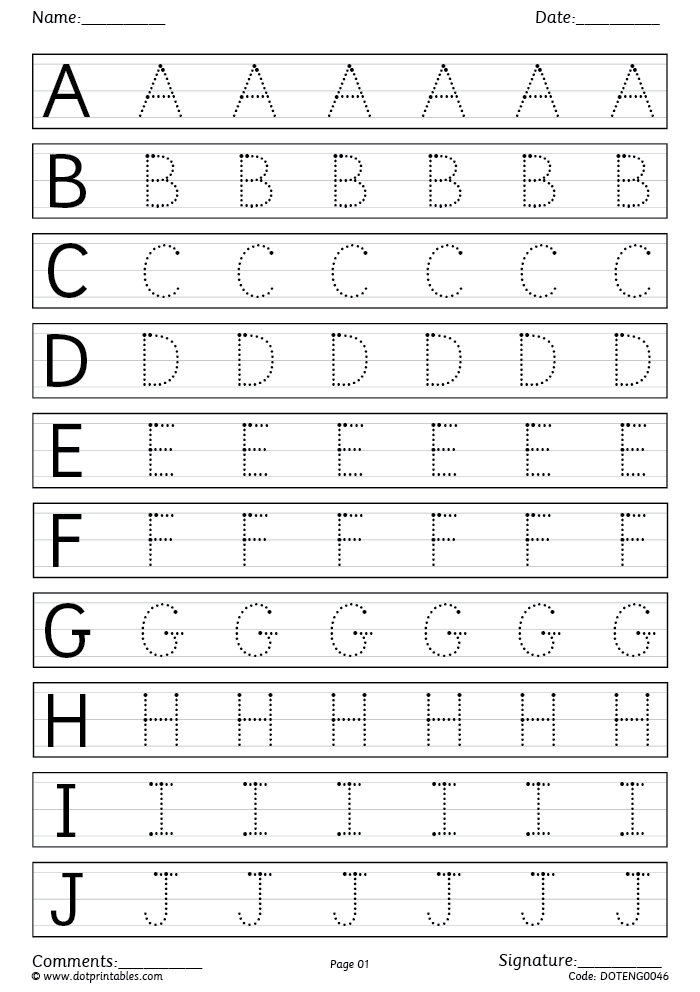 All you need is to download the submitted materials in attachments (at the bottom of the page of each material), print it on a color printer and use it for its intended purpose.
All you need is to download the submitted materials in attachments (at the bottom of the page of each material), print it on a color printer and use it for its intended purpose.
English alphabet with transcription - learn the correct pronunciation
Among the presented materials you will find colored cards with the English alphabet with transcription in pictures. With the help of flashcards, you can learn the alphabet, guided by the transcription for the correct pronunciation of each letter.
Children's English alphabet posters can be printed in large size and hung on the wall above the child's workplace or in the classroom. After printing, cards with the alphabet must be cut out along the contour and used for activities and games, both individually with one child and with a group of children. And after printing, you can use tasks with the English alphabet in any educational lessons - here the child must complete certain tasks, for example, write each letter several times, write words starting with a certain letter, etc.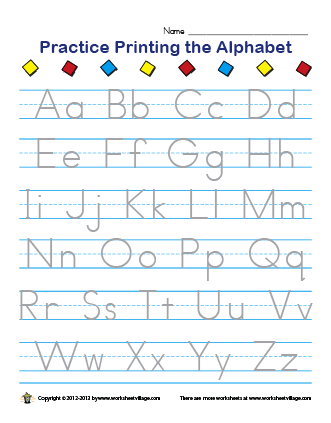
Also, to learn English letters, you can look at our website - Cartoons - English alphabet with Aunt Owl
Our children are growing every day. Teach your child English with the help of the game, and learning will be much more interesting and effective! One of these ways are coloring pages with English letters and the alphabet...
The best way to learn the English alphabet for a child is to listen and sing along to the most popular alphabet songs. Kids will love practicing learning the alphabet with these fun songs. They make kids move and learn letters and sounds.
It is better to start learning any foreign language, including English, from childhood. The first thing the study begins with is the English alphabet...
Print the tasks for children "English alphabet in pictures - We write words for each letter" on a color printer, which include 6 pages, and your English lessons with your child will become more interesting and exciting. Colorful pictures well attract the attention of kids, so the assimilation of the material is much easier and faster.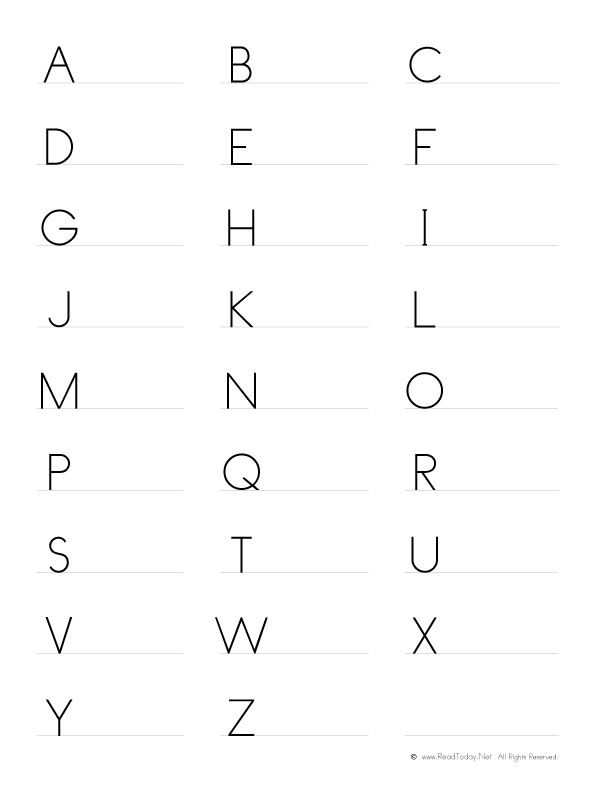 In addition to the letters of the alphabet, the tasks contain pictures and words that begin with each individual letter of the alphabet.
In addition to the letters of the alphabet, the tasks contain pictures and words that begin with each individual letter of the alphabet.
Download the tasks "Writing the letters of the English alphabet - Printed copybooks" in the attachments at the bottom of the page in one file 4 pages, print on a printer, and you will get an indispensable material for teaching English to a child. Learning the letters of the alphabet, as well as learning to write correctly and beautifully, are the two main initial steps in mastering any language, and therefore special attention must be paid to this. After printed copybooks, you can download and practice capital English letters. This will further strengthen the child's skill in writing and prepare him well for school.
The Chudo-Yudo children's portal has prepared for you the English alphabet for children in the form of a wall poster. For effective memorization of English letters, a poster with the English alphabet must be hung on the wall, near the child's desktop.